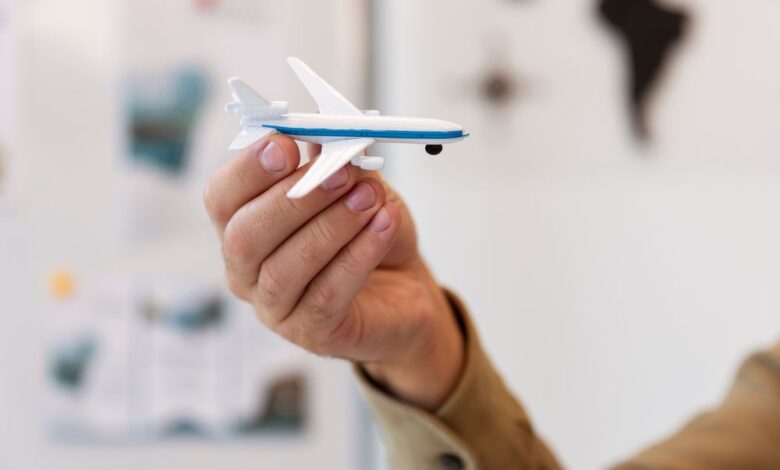Boeing Enhances Quality Control Amid New Developments in Aerospace

In a significant move to bolster its commitment to safety, the American aerospace titan, Boeing, has intensified its quality inspection processes for the 737 Max 9 aircraft. This strategic decision comes on the heels of an incident where an emergency exit door panel failed during an Alaska Airlines flight. The company’s dedication to stringent quality assurance protocols is particularly noteworthy as it seeks to rebuild its reputation, which has been marred by previous manufacturing defects. These defects have not only drawn the attention of federal regulators but also led to the temporary suspension of the 737 Max operations.
Simultaneously, the aerospace giant is forging ahead with innovative ventures in the realm of aviation technology. Aurora Flight Sciences, a subsidiary of Boeing, has been entrusted by the Defense Advanced Research Projects Agency (DARPA) to construct a full-scale model of the X-65. In a parallel development, the company has embarked on the X-66 project, repurposing an MD-90 aircraft to serve as NASA’s experimental Sustainable Flight Demonstrator. These initiatives are indicative of Boeing’s broader ambition to push the boundaries of aviation and to promote the sustainability of air travel.
In related aerospace advancements, Lockheed Martin’s Skunk Works, a division renowned for its clandestine and pioneering projects, has recently been in the spotlight for the unveiling of the X-59. This experimental craft is designed to mitigate the disruptive sonic booms typically associated with supersonic flight by generating a softer “sonic thump.” Skunk Works has been in collaboration with NASA for over a decade on the X-59 project, which aims to fly at Mach 1.4 and reach altitudes of up to 55,000 feet. The objective is to amass enough data to potentially persuade regulators to reconsider the current prohibitions on commercial supersonic flight over land.
The X-59 is slated to undergo a battery of ground evaluations before its maiden voyage later in the year. Post-initial flight assessments, the aircraft will proceed to an acoustic testing phase, which will include overflights of certain US communities to measure public response to the attenuated sonic boom. While the X-59 is a prototype, the technologies being honed through this endeavor could be assimilated into future commercial supersonic aircraft, potentially reducing flight durations by half.
Boeing’s sharpened focus on quality control is a direct repercussion of the recent 737 Max incident and the feedback from its clientele. The corporation has conceded that enhancements are necessary and is adopting a holistic approach to scrutinize its quality assurance practices across its production facilities. This introspective and proactive posture is part of a concerted effort to uphold the utmost standards of safety and dependability for its fleet.
The recent tribulations faced by Boeing with the 737 Max 9 have catalyzed a redoubled emphasis on quality and safety. Concurrently, the company’s engagement in groundbreaking aerospace projects such as the X-65 and X-66 exemplifies its enduring dedication to innovation. The progress in supersonic technology, particularly the X-59’s potential to transform air travel, highlights the industry’s capacity for transformative change. As Boeing steers through these developments, its concentration on quality and visionary design will be pivotal in sculpting the future of aviation.
Source link



